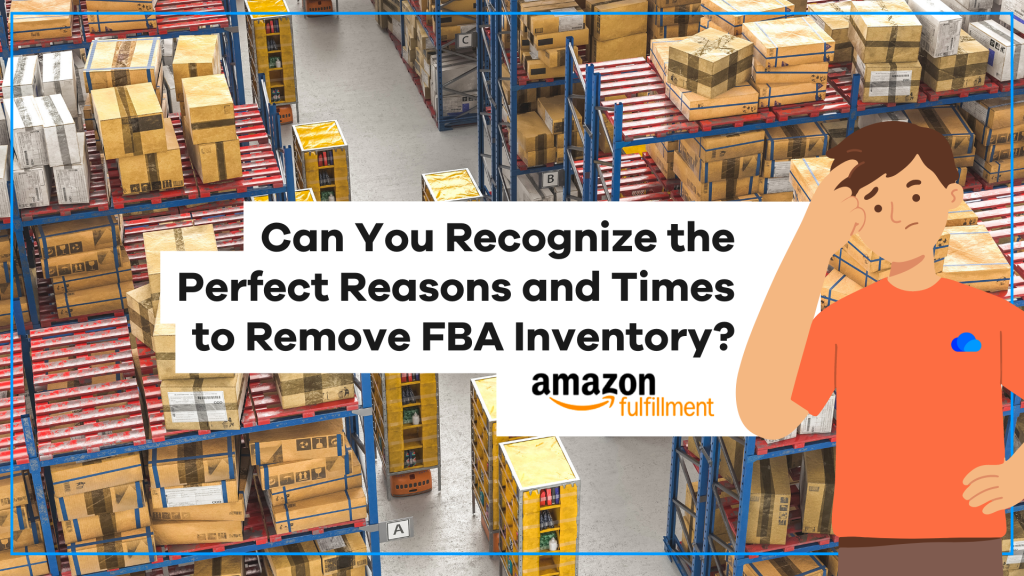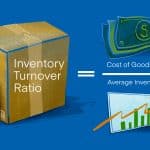
Fulfillment By Amazon (FBA) simplifies your Amazon Marketplace logistics. If you’re not careful, though, the associated fees could cut into your omnichannel ecommerce business’s bottom line, particularly the costs associated with inventory storage. The current FBA storage fee structure is based on several different factors:
- Product weight.
- Product volume.
- Current month (rates increase October-December).
- How long has FBA held the inventory.
- Whether the inventory qualifies as dangerous or not.
- How many items that you have FBA store on average per month
Many of these rates have increased or been added in 2022. You cannot do much about the size and weight of your products, but you need to be particularly aware of the quantity and age of your FBA inventory. With each passing month, you may be paying out unnecessary fees for products that you would be better off removing from Amazon’s warehouses.
You need to be able to identify when your FBA stockpile crosses these costly thresholds and take action. Descartes Sellercloud and its WMS module Skustack make it just as easy to remove FBA inventory as they do to replenish it. Our inventory management and FBA reporting features also make it simple to identify when your FBA inventory needs to be adjusted.
Several metrics are worth exploring to determine the ideal time to remove FBA inventory.
How Long Is Too Long to Store FBA Inventory?
Time is one of the most significant reasons why your FBA inventory storage costs increase. On top of the standard monthly storage fees, Amazon charges additional fees for merchandise that has been in FBA’s possession for longer than 365 days. As such, you need to be sure to make the decision about whether or not to remove your FBA products well before they approach this one-year mark.
Amazon calculates its long-term storage fees on a first-in, first-out (FIFO) basis rather than last-in, first-out (LIFO). This means that your oldest inventory is the first to ship when an order comes in. The other time-based storage cost consideration for your FBA inventory is the time of year. Amazon tacks on a significant upcharge during the holiday months of October, November, and December.
According to Amazon’s current rate card, these fee increases per cubic foot amount to:
- A 289% increase for standard-sized, non-dangerous goods products.
- A 226% increase for oversized, non-dangerous goods products.
- A 367% increase for standard-sized, dangerous goods products.
- A 311% increase for oversized, dangerous goods products.
Ideally, these price increases should be offset by higher holiday order volume. If not, it’s a sure sign that you need to consider removing FBA inventory before you incur fees you won’t be able to recoup through increased sales. Ultimately, you need to be paying constant attention to how quickly you are selling through your FBA stock.
Paying to store quantities of products that aren’t moving adds up, particularly during pricier holiday seasons. Make it a priority to assess your inventory turnover ratio regularly, especially before the holiday season and/or before any of your merchandise nears its one-year storage date.
Descartes Sellercloud gives you all of the inventory reporting tools you need to not only keep tabs on these critical date-based metrics, but also on how they are affecting your inventory value and cost of goods sold (COGS) figures. While sometimes you may decide that paying for a holiday or longer-term storage of FBA inventory makes sense, Descartes Sellercloud makes it possible for you to make data-based decisions rather than rely on gut instincts.

How Much is Too Much FBA Inventory?
With storage costs being what they are, it is important to pay attention to where each of your FBA SKUs is in their lifecycle.
FBA is great for giving your products the opportunity to develop and grow. Amazon’s gigantic customer base can do wonders for brand exposure and scaling your ecommerce business. That said, sometimes a product falls flat. Whether the product suffers from defects, poor quality, or simply isn’t finding an audience, it doesn’t make sense to continue to pay FBA storage fees while you figure it out.
Thankfully, most products follow a predictable arc of increasing sales before reaching their peak maturity and then experiencing a gradual decline. Given the fees associated with storing and selling products with FBA, you need to be sure to identify and respond to the inflection points of a SKU’s profitability.
Just as you increase your FBA inventory as sales continue to rise, you need to be sure to reduce your FBA inventory as interest in a product declines. Descartes Sellercloud’s reporting features ensure that you have the data you need to keep FBA inventory levels in tune with your products’ actual sell-through rates.
When order volume begins to transition from a decline to bottoming out entirely, you are at risk of simply paying Amazon to store your dead stock. Whether you choose to phase out a SKU entirely at this point or not, removing the remaining inventory from FBA should be a priority. You can always consider storing the remaining inventory elsewhere and selling it via other channels.
The same holds true for unsellable inventory (returns, expired products, mislabeled merchandise, etc.). You should never be paying to store any amount of FBA inventory that will never turn a profit.
FBA Inventory Removal Options
When the time comes to remove inventory from FBA (for any reason), you must create a removal order. These orders can be created and tracked within Sellecloud. As part of this process, Amazon gives sellers several options to consider:
Return the Inventory
You supply FBA with where you want the specified inventory shipped. This can be to your headquarters, a warehouse location, a manufacturer, or even a recycling center.
Destroy the Inventory
If the inventory is unsellable or simply not worth the additional expense of shipping and storing elsewhere, you can opt for Amazon to destroy and dispose of the inventory on your behalf. Even though there are fees associated with this option, they are often more cost-effective than relocating the inventory and disposing of it later.
FBA Liquidations
FBA will attempt to liquidate your eligible inventory. If they are successful, you receive some monetary compensation (less fees) for your liquidated stock. You do not pay any storage fees on inventory in the process of being liquidated. Liquidation is not a guarantee, though. If Amazon cannot find a buyer for your inventory after 30 days, the inventory is returned to your control, and you are left to choose one of the two options mentioned above.
How Does Descartes Sellercloud Make Removing FBA Inventory Easier?
Descartes Sellercloud and Skustack make the entire process of removing FBA inventory and carrying out the next steps a smooth and intuitive process. One of the many benefits of an omnichannel ecommerce strategy is that you have multiple options when it comes to getting your inventory in front of prospective customers.
Once you receive sellable inventory following an FBA removal, nothing is stopping you from listing the products on other channels with lower fees and/or a more suitable audience. You can refurbish and refresh returned inventory to try and eke out some profitability or minimize your losses.
Contact us for a free demo to see how the Descartes Sellercloud omnichannel growth platform can improve your FBA sales experience and increase profitability and efficiency.




